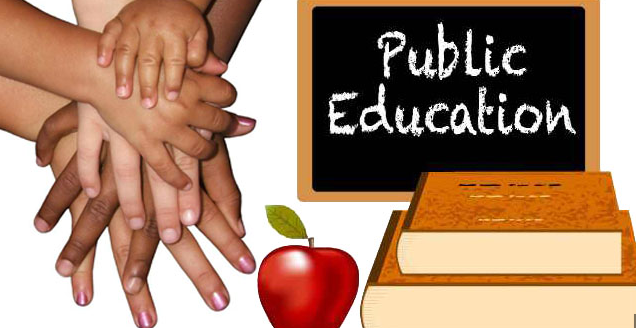
Artificial intelligence has arrived in the twenty-first century as a revolutionary force in virtually all aspects of life, and education is no exception. Artificial intelligence in education refers to using a wide range of intelligent algorithms, machine learning, and data-driven methodologies for enhancing teaching-learning processes. It must personalize learning, automate administrative tasks, and also augment learning culture.
What means AI in Education?
AI education comprises a range of tools that augment learning and teaching. It individualizes learning, automates such tasks as grading, and provides instant feedback via virtual tutors. AI also assists in the early detection of struggling students, so education becomes more efficient and available.

Benefits of AI in Education
Personalized Learning
AI can assist significantly in personalizing education material to the learning pace and performance of each student in the world. Adaptive learning systems can assist in suggesting content in particular subjects or closing knowledge gaps, and thus make learning more effective and student-focused.
Intelligent Tutoring
AI-powered tweets provide instant feedback and explanations. Allowing students to understand hidden concepts at their own pace. This system is especially helpful for subjects like math, science, and languages.
Enhanced Accessibility
All tools in education can be empowered by artificial intelligence in speech and real-time translation to empower students with disabilities and those who speak different languages.
Automated Administrative Tasks
Teachers waste a lot of their time on grading attendance paperwork . Artificial Intelligence in Education automates the routine tasks of these tasks, giving teachers more time to focus on teaching and student engagement.
Real-Time Feedback
Artificial Intelligence in Education systems can assess student progress in real time and teachers can alert students to areas of weakness . This continuous feedback loop encourages rapid improvement.
Examples of AI Tools in Education
Chatbots: Answering student questions and greatly helping with assignments.
Rating systems: Multiple choice tests, short answers and even self-rating of subjects using NLP.
AI-powered learning platforms: This means that tools like Coursera, Khan Academy, and Duolingo make extensive use of artificial intelligence to personalize learning paths to a much greater extent.
Artificial intelligence in education
AI is still evolving but its future in education is promising. Emerging trends include:
Emotional AI: Recognizing students’ emotions to provide emotional support.
Block chain Integration: Securing educational records and certification.
Gasification with AI: Creating interactive and game-based learning environments.
Global Learning Platforms: AI may enable personalized global classrooms beyond geographic boundaries.
Conclusion
In fact, AI is not a substitute for human teachers at all. There is a powerful caveat to this that has made education much more productive. Artificial Intelligence empowers teachers and all those who learn from it by automating routine tasks, providing greater personalization, and offering real-time insights. As advancing AI will lead to a better educational landscape.









